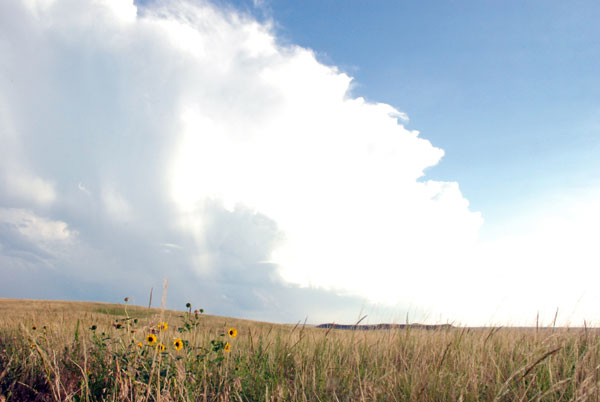
Ever since grain prices took an ethanol-fueled rocket ride, the Conservation Reserve Program (CRP) has come under hard scrutiny. Over the past several years, calls have come forth to allow farmers to take an early-out from their contracts and for legislation to scale back or eliminate the program to allow those acres to return to production. Now, with the federal deficit and debt spiraling, the call to cut federal programs is clanging loud.
But what would happen if the CRP program was scaled back significantly or eliminated? To find out, JunJie Wu and Bruce Webster, Oregon State University ag economists, looked at research conducted over the program’s 27-year history to determine its economic and environmental impact. “When collectively considered, these academic studies on CRP paint a telling picture,” the economists say. The CRP program:
Has had economic benefits that outweigh its costs to taxpayers.
Reduced amount of land in the CRP would result in significant loss of the current program’s environmental benefits.
A reduction in the amount of land in CRP would result in significant reductions in the program’s economic benefits.
According to the economists, the program reached its maximum acreage of 36.77 million acres in 2007, with an annual rental cost of $1.756 billion. Since then, total CRP acreage has decreased gradually. As of February 2012, CRP enrollment totaled 29.77 million acres. That accounts for roughly 8% of the nation’s cropland.
Wu and Weber note that the declines in CRP acreage coincide with the increase in ag commodity prices since 2007. “If the recent trend of high commodity prices continues, CRP enrollment will likely shrink even more because higher commodity prices increase the opportunity cost of CRP participation,” they say.
The environmental benefits of CRP have largely revolved around its effects in converting highly erodible cropland or other environmentally sensitive acreage to long-term, resource-conserving plants. To that end, the CRP environmental benefits include reduced soil erosion, improved air and water quality and improved wildlife habitat.
And those environmental benefits have an economic upside as well. “There is strong evidence that CRP generates significant economic benefits to society,” the researchers say. Those benefits include reduced soil erosion and better soil health, which in turn improves air and water quality; recreational benefits, primarily from wildlife viewing and pheasant hunting; and increased land values.
While it’s easy to assume that land coming out of CRP will return to ag production, that may not necessarily be the case. Farm operators may not return all the land into farm production and some may sell it for non-agricultural use, especially development in areas with high competition for land, the economists say. As a result, returning CRP land to production may have a more muted impact on grain supply and price than the program had when those acres were initially taken out of production.
What’s more, the economic effect of returning CRP land to production will be unevenly distributed. “Although CRP reduction would have relatively small aggregate effects on rural income and employment, the impacts on particular communities in regions with large CRP enrollment could be sizeable,” the researchers conclude.
To read the complete report, as well as additional research from the Council on Food, Agricultural and Resource Economics, click here.
About the Author(s)
You May Also Like


.png?width=300&auto=webp&quality=80&disable=upscale)
